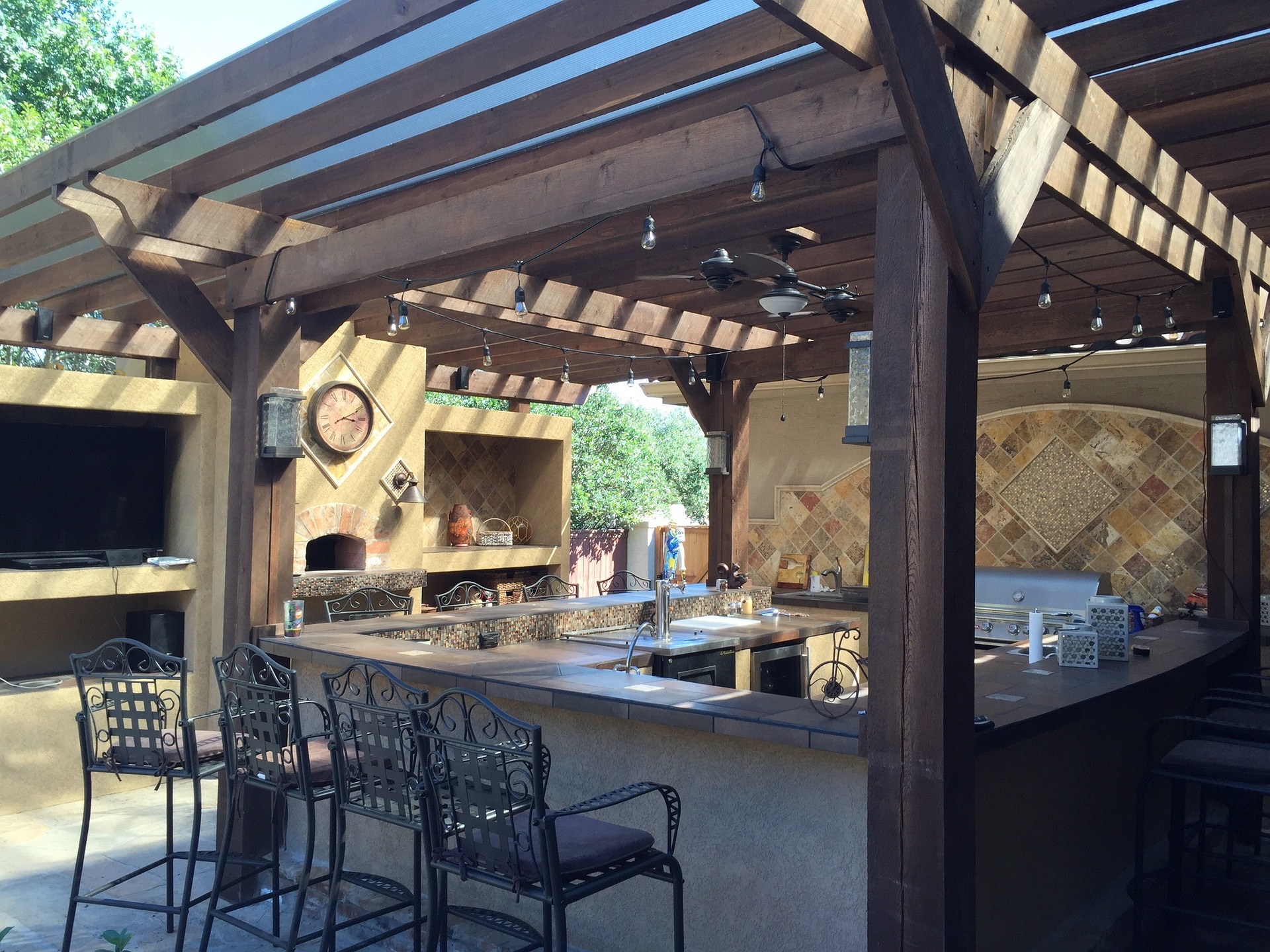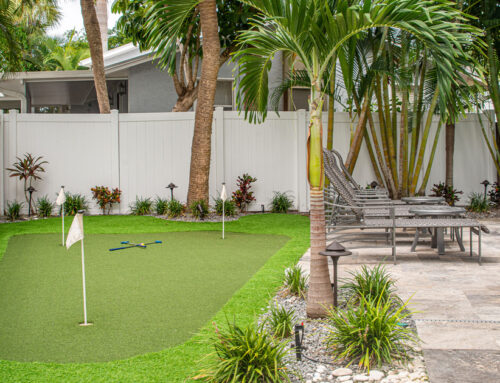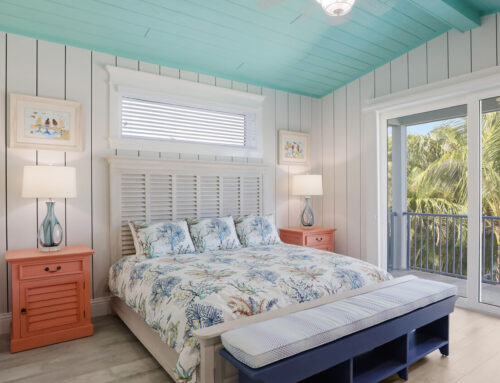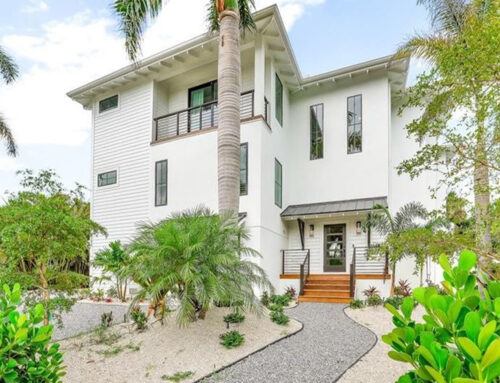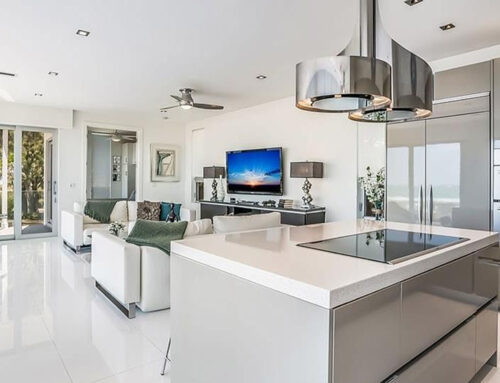Creating a custom home is a journey of transformation, where a vision of personalized living space becomes a tangible reality. This process is inherently collaborative, involving a close partnership between homeowners, architects, builders, and various other stakeholders. Each plays a pivotal role in ensuring the journey from concept to completion is as smooth and successful as possible. This article delves into the custom home design process, outlining the essential phases and considerations that turn dream homes into real homes.
The Initial Consultation: Laying the Foundation
The custom home design journey begins with an initial consultation, a critical stage where goals, budgets, and expectations are aligned. Homeowners share their visions, desires, and lifestyle needs, while architects offer their expertise, suggest possibilities, and outline potential challenges. This stage sets the tone for the entire project, establishing a foundation based on mutual understanding and clear communication.
Conceptual Design Phase: Bringing Ideas to Life
Following the initial consultation, the conceptual design phase translates homeowners’ ideas into preliminary sketches and plans. This creative process involves exploring various design options, experimenting with layouts, and considering the site’s characteristics and constraints. Architects present initial concepts, refining them through feedback until a cohesive design vision emerges.
Detailed Design and Documentation: Finalizing the Vision
Once the conceptual design is approved, the project moves into detailed design and documentation. This phase involves finalizing the design details, specifying materials, and preparing detailed construction documents. These documents are crucial for obtaining permits and serve as the blueprint for builders and contractors during the construction phase.
Choosing the Right Construction Team
Selecting the right construction team is vital to realizing the vision of a custom home. Homeowners, often with the assistance of their architects, vet builders and contractors based on their experience, quality of work, and compatibility with the project’s ethos. This selection process ensures that the construction team is fully aligned with the project’s goals and design principles.
The Construction Phase: From Groundbreaking to Final Walkthrough
The construction phase marks the physical realization of the custom home design. It’s a dynamic period of activity, where plans are transformed into physical structures. Regular site visits by the architect and ongoing communication among all parties are essential to address any challenges and ensure adherence to the design intent. This phase culminates in a final walkthrough, where every detail is reviewed to ensure complete satisfaction.
Post-Construction: Settling In and Looking Ahead
After the construction dust settles, and the homeowners move in, the custom home design process enters its post-construction phase. This period involves adjusting to the new space, identifying any necessary adjustments, and possibly planning for future phases of work. The relationship with the design and construction team doesn’t end with the move-in; it often continues as homeowners settle into their new home and consider future modifications or maintenance.
The Power of Collaboration
The journey from vision to reality in custom home design is a testament to the power of collaboration. It requires clear communication, flexibility, and trust among all parties involved. By carefully navigating each phase of the process, homeowners can achieve a home that not only meets their aesthetic and functional needs but also reflects their unique personality and lifestyle. The custom home design process is not just about building houses; it’s about realizing dreams and creating spaces that inspire and enrich lives.

